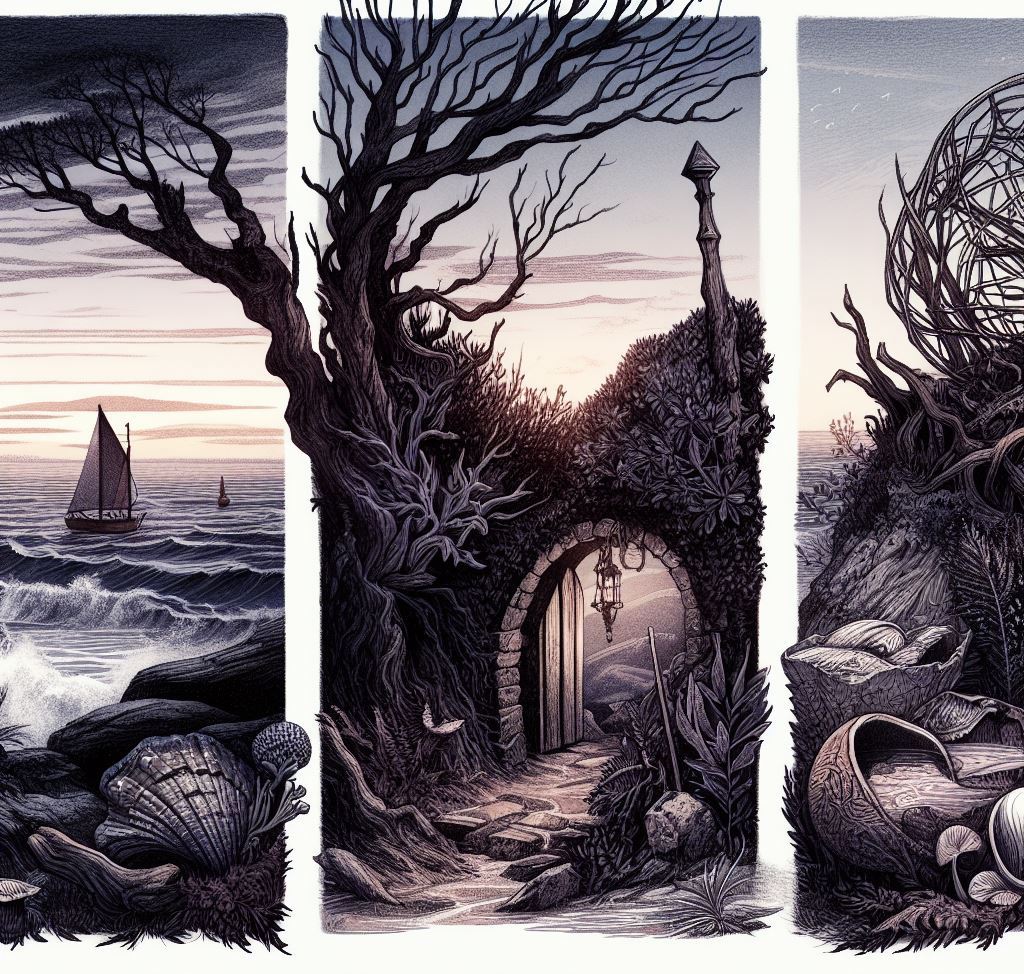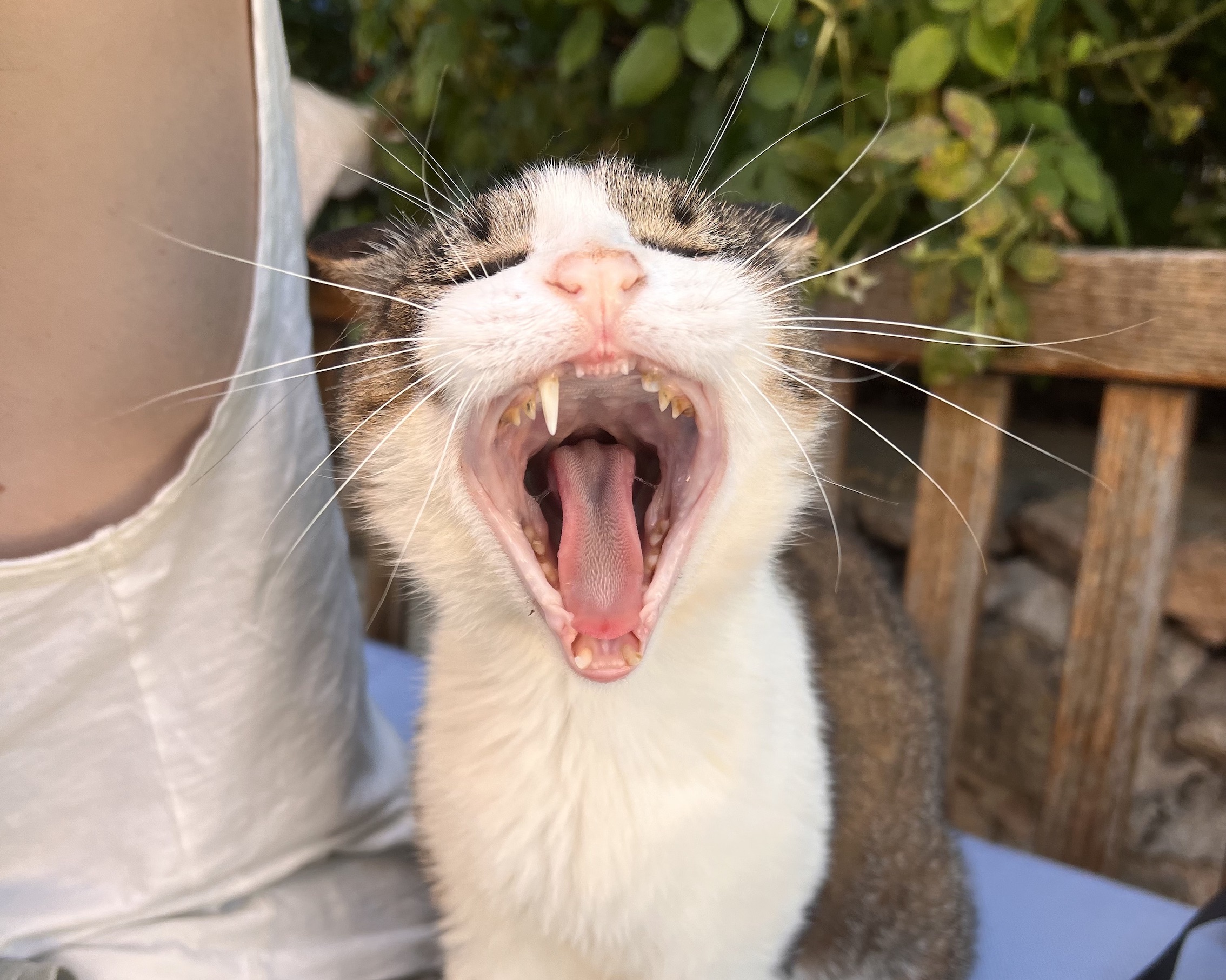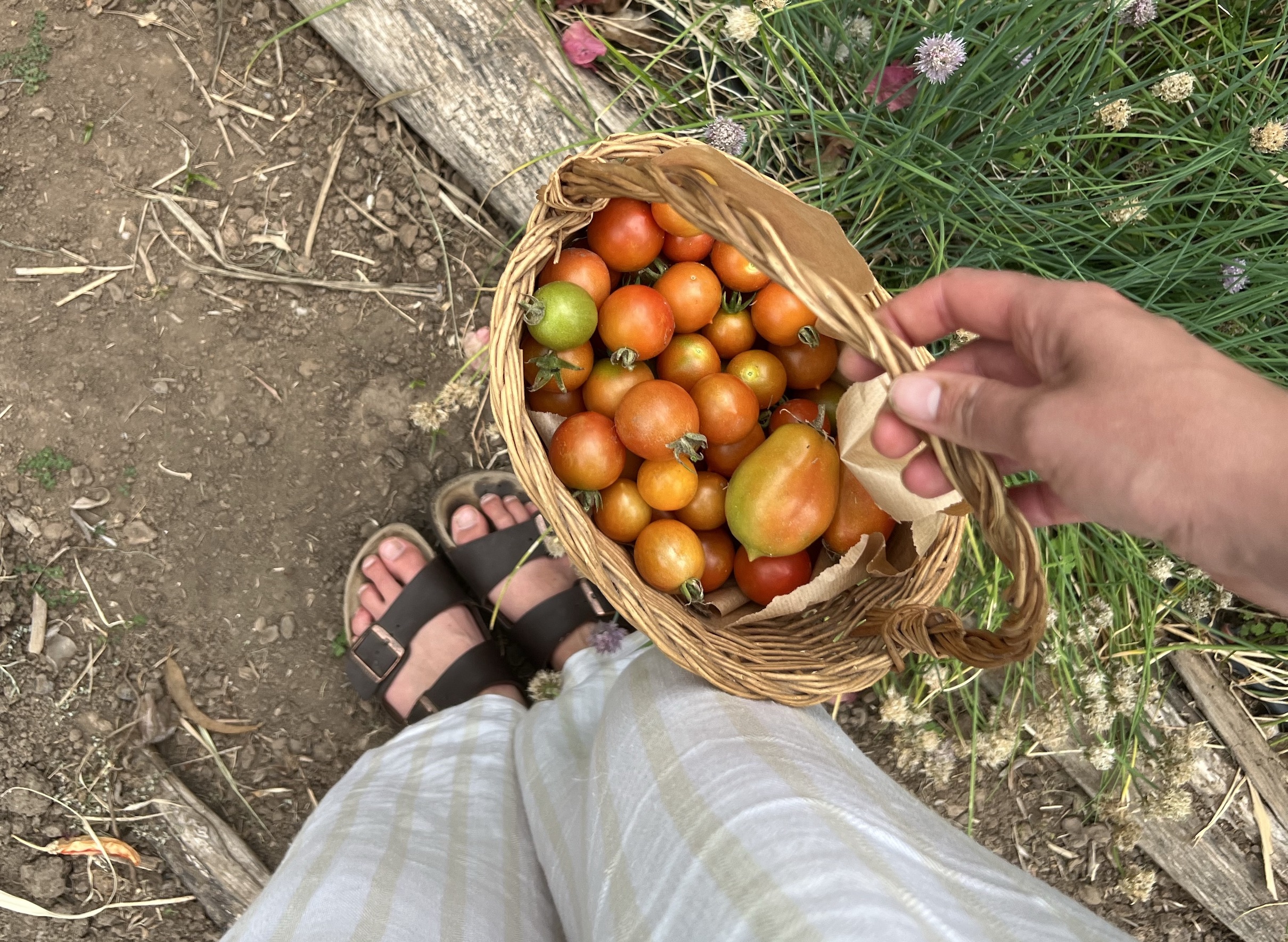Witchcraft today is an umbrella term encompassing various spiritual practices that honor the natural world and its cycles. With its increasing popularity, it’s essential to understand the diversity and richness of practices that fall under this term. This guide aims to demystify and celebrate the different branches of witchcraft, each unique in its beliefs, rituals, and connections to the natural world.
Wicca – The Balanced Path
Wicca is a modern pagan, witchcraft religion that emerged in the mid-20th century. It is a path that combines ancient pagan beliefs with modern ceremonial magic and emphasizes the balance between the male and female divine. Wiccans celebrate the Earth’s cycles through festivals known as Sabbats and Esbats and adhere to a moral code expressed in the Wiccan Rede, which states, “An it harm none, do what ye will.”
Core Beliefs and Practices
Wicca honors the God and Goddess, representing the male and female forces of nature. Practitioners often celebrate within a coven but may also work alone as solitary witches. Rituals involve casting a circle to create sacred space, invoking the God and Goddess, and performing magic.
Common Wiccan Traditions
There are various Wiccan traditions, each with its own unique practices. Gardnerian Wicca, founded by Gerald Gardner, is a more structured form that requires initiation and follows a degree system. Alexandrian Wicca, similar to Gardnerian, places more emphasis on ceremonial magic. Dianic Wicca focuses exclusively on the Goddess and is often chosen by feminist witches.
Green Witchcraft – Nature’s Ally
Green Witchcraft is a path that aligns closely with the rhythms of the natural world. It is a practice deeply rooted in the Earth, using plants and herbs for healing and magic. Green witches work with the energies of the Earth, often growing their own herbs and plants to create a deep bond with nature.
Herbal Lore
Plants are at the heart of Green Witchcraft. Each plant has its own spirit and magical properties, whether for healing, love, protection, or prosperity. Green witches spend time learning about these properties, often through hands-on experience and personal connection with the plants they work with.
The Green Witch’s Practice
Green witches may keep a garden where they cultivate their magical and medicinal plants. Their practice includes creating potions, tinctures, and herbal remedies, as well as working with nature spirits. They often create altars with natural materials and celebrate the changing seasons, attuning themselves to the Earth’s cycles.
Traditional Witchcraft – The Ancestral Root
Traditional Witchcraft refers to the varied witchcraft practices that pre-date modern Wicca. These practices are deeply personal and localized, often passed down through families or small communities. Traditional Witchcraft is rich in folklore and often involves working with the spirits of the land.
Folk Magic and Lore
Traditional Witchcraft is steeped in local lore and the wisdom of the ancestors. It may involve the use of charms, spells, and divination methods that are specific to a particular culture or region. This path often requires a deep understanding of local history and folklore.
Ancestral Veneration
Ancestor worship is a key component of Traditional Witchcraft. Practitioners may work with their ancestors in rituals, seeking guidance and support. The veneration of ancestors helps to maintain a link between the past, present, and future, grounding the witch in their own history and traditions.
Sea Witchcraft – The Ocean’s Enigma
Sea Witchcraft draws its power from the ocean, using the sea’s materials, cycles, and energies in its practice. Sea witches feel a strong connection to the water and the life within it, often using items like shells, sea glass, and driftwood in their rituals.
Maritime Materials
Sea witches utilize what the ocean provides, creating charms and spells with objects like seaweed, saltwater, and sand. These materials are considered powerful due to their origin in the vast and mysterious ocean, a source of life and ancient secrets.
Tides and Lunar Phases
The sea’s tides are closely linked to the phases of the moon, and sea witches often align their practices with these natural rhythms. They may perform rituals during high or low tides or during specific lunar phases that correlate with the ocean’s energy.
This concludes the first half of the comprehensive guide on the types of witchcraft. Stay tuned for the second half, where we’ll dive into the hearth and home of Kitchen Witchcraft, the solitary paths of Hedge Witchcraft, and the structured discipline of Ceremonial Witchcraft.

Kitchen Witchcraft – The Hearth’s Keeper
Kitchen Witchcraft celebrates the sacred in the ordinary, finding magic in everyday tasks like cooking and cleaning. This branch of witchcraft is characterized by its practicality and focus on the home as a sanctuary of wellbeing, where each meal and chore is infused with intention and magic.
Sacred Meals
The kitchen is the heart of this practice, serving as a place of transformation where ingredients are turned into nourishing meals. Kitchen witches weave magic into their cooking, often using ingredients for their symbolic properties—for instance, using basil for love or cinnamon for prosperity.
Hearth Rituals
In Kitchen Witchcraft, the hearth or stove is more than just a place to cook—it’s a modern altar where magic begins. Rituals might include blessing the kitchen, crafting kitchen-specific charms, or simply stirring a pot with intention. Celebrations often revolve around the sharing of food, turning meals into communal rituals.
Hedge Witchcraft – The Boundary Walker
Hedge Witchcraft is a solitary practice focused on the liminal, the spaces in between. Hedge witches often work alone, following their own set of practices that may draw from various traditions. This path involves a deep connection with nature, as well as the practice of journeying to other realms.
Solitary Practice
Hedge witches value their independence and the personal nature of their craft. They are often self-taught, learning through experience, intuition, and personal study. This path doesn’t require formal initiation; instead, it’s about personal exploration and growth.
Shamanic Elements
Hedge Witchcraft has a strong shamanic element, with practices such as trance work, meditation, and journeying. The ‘hedge’ represents the boundary between this world and others, and Hedge witches learn to navigate these boundaries to gain wisdom and insight.
Ceremonial Witchcraft – The Ritualistic Conduit
Ceremonial Witchcraft is for those who appreciate structure and ritual in their magical practice. It draws from various esoteric traditions, including Hermeticism and the Golden Dawn, and involves complex rituals that require a deep understanding of symbolism, correspondences, and ancient texts.
Ritual Structure
Ceremonial magic is often highly structured, involving specific rituals performed at precise times for maximum effect. The use of ceremonial tools—like wands, swords, and robes—is common, as is the use of languages like Latin or Hebrew for invocations.
The Qabalah and Theurgy
The Qabalah is an important part of Ceremonial Witchcraft, providing a framework for understanding the universe and the self’s place within it. Theurgy, or the practice of rituals designed to invoke the divine, is also central to this path, aiming for spiritual transformation and enlightenment.
Each branch of witchcraft offers a unique perspective on the magical world, providing various ways for practitioners to engage with the spiritual and natural world. There are far more paths than what have been mentioned in this post, but hopefully this gives you a good place to start.
Whether drawn to the structured rituals of Ceremonial Witchcraft or the intuitive, nature-based practices of Green Witchcraft, there is a path for everyone. The journey into witchcraft is deeply personal, and finding the path that resonates with your own beliefs and values is the essence of the craft.
















